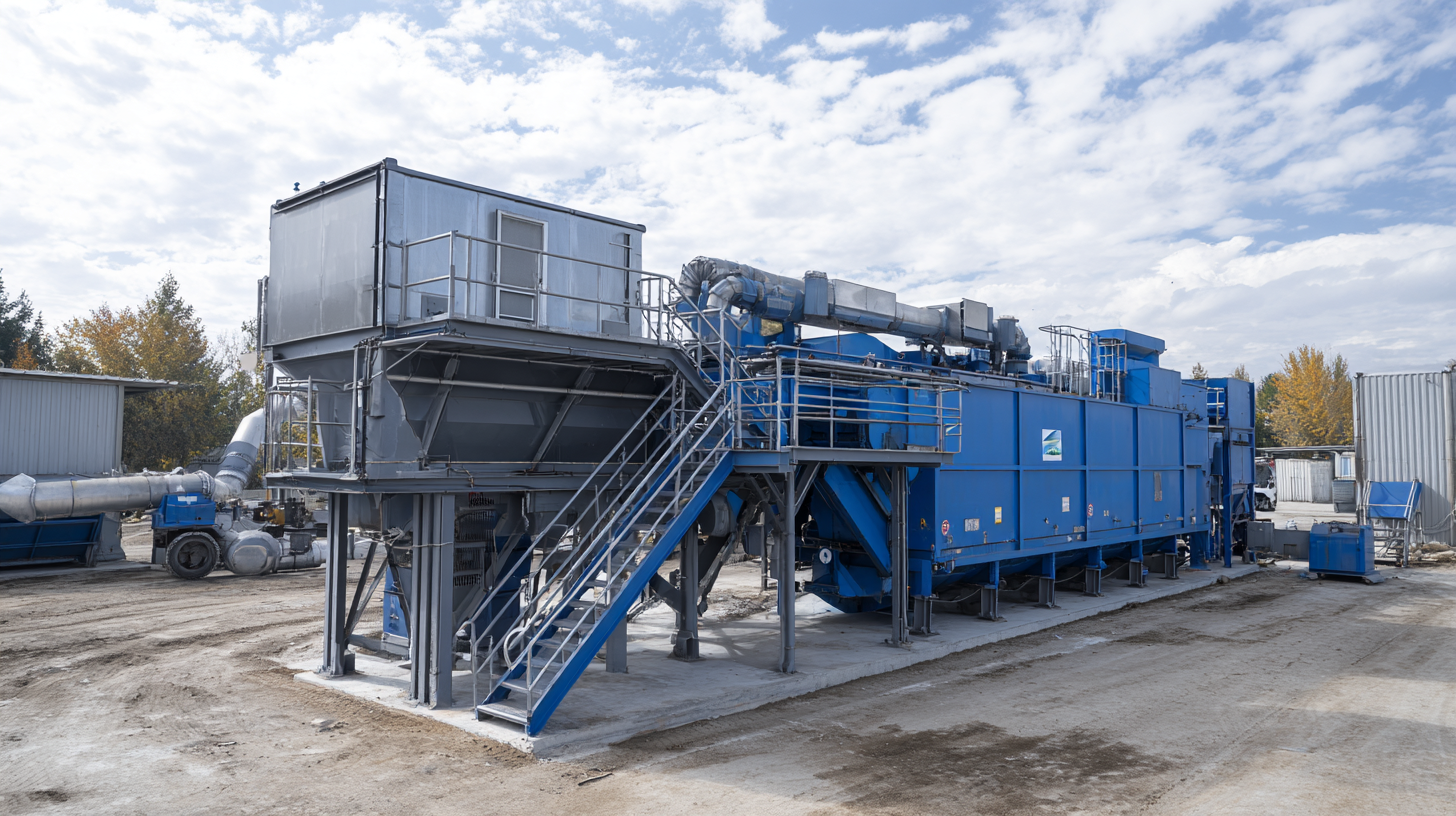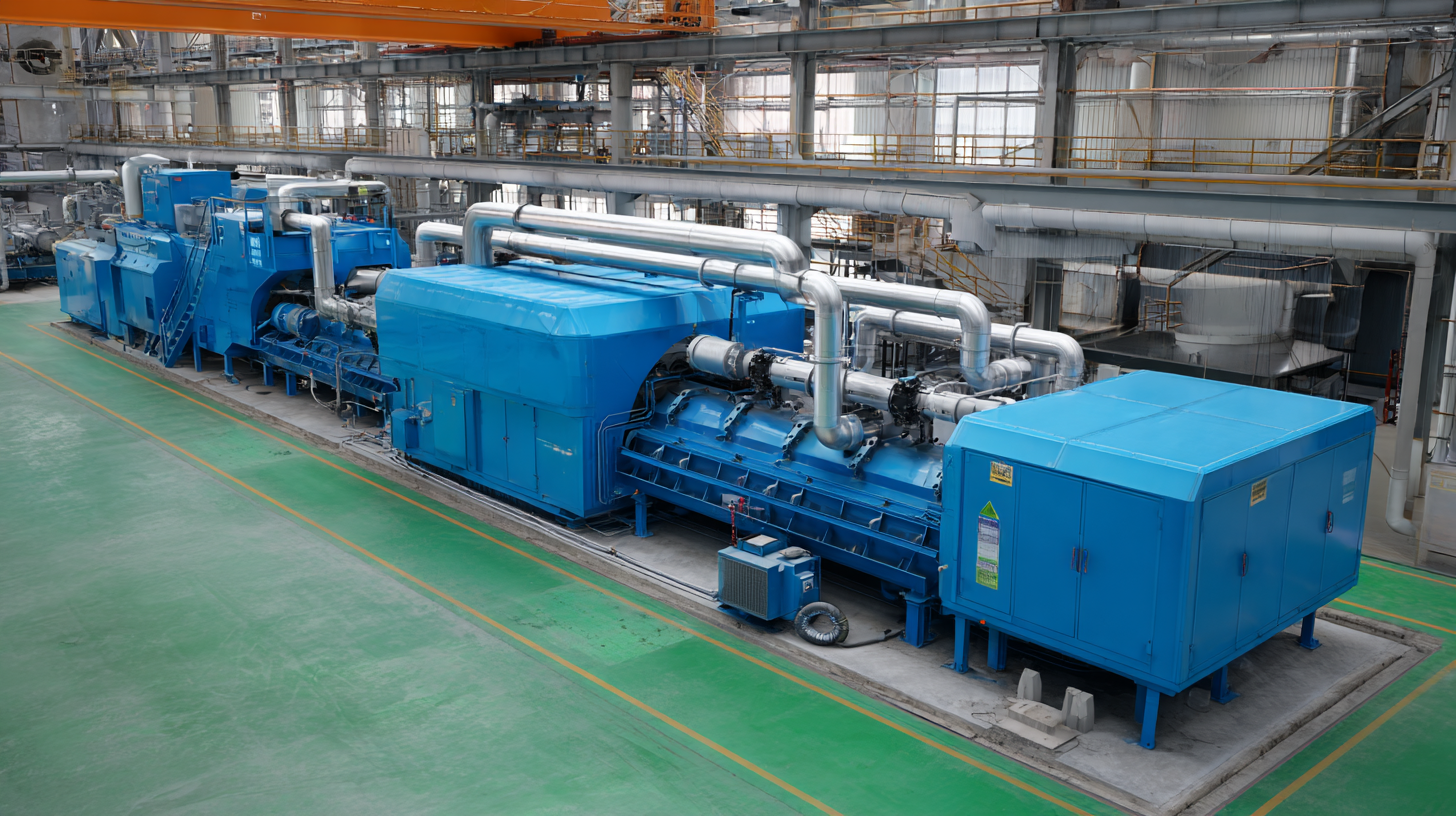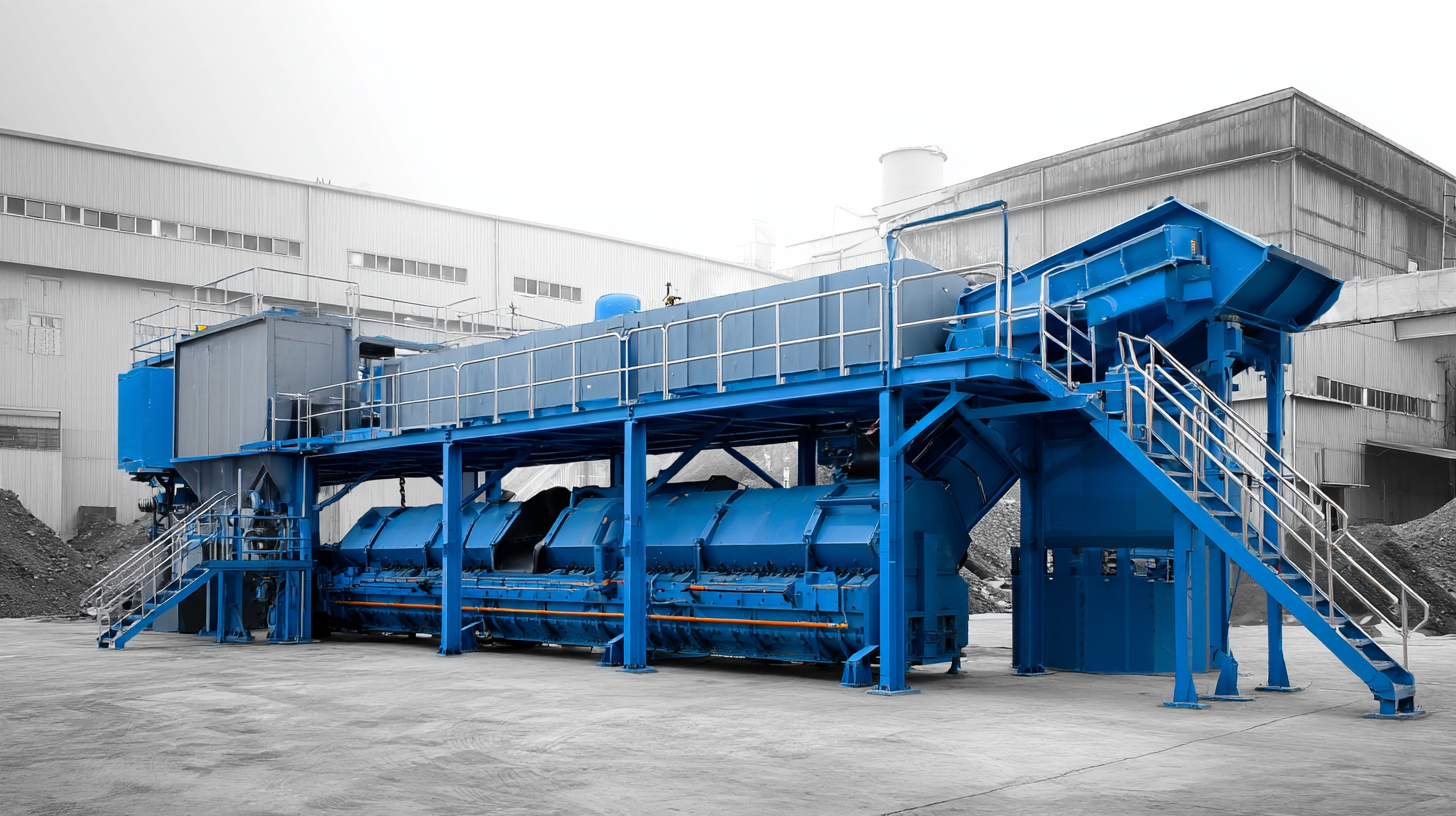When it comes to managing waste efficiently, the importance of Compact Sludge Drying Equipment really can't be beaten. Based on recent industry reports, the global market for sludge treatment is expected to hit around $15 billion by 2025 — all thanks to the rising demand for better wastewater solutions. APEX Company is a pretty big name in this space, specializing in top-notch sludge drying and conveying gear. They've really made a name for themselves, not just in China but around the world. As environmental rules get stricter and sustainability becomes more of a focus, getting a handle on tools like Compact Sludge Drying Equipment isn’t just about boosting efficiency — it also plays a big role in protecting our environment. It's a win-win situation, honestly.

You know, when it comes to waste management, compact sludge drying equipment really plays a huge role — it’s kinda hard to overstate how important it is. As regulations get stricter and there's a bigger push for greener practices, managing sludge efficiently has become more crucial than ever. These small but mighty drying units help cut down the volume of waste and even recover some valuable resources along the way. Honestly, they’ve become pretty much essential in today’s waste handling game.
What’s cool about these systems is that they don’t just dry out the sludge—they also make it safer and easier to handle and dispose of. By turning thick, gooey sludge into dry, granular material, they make recycling and waste logistics way simpler. Plus, because the dried waste weighs less and takes up less space, transportation costs drop, and it helps cut down on the environmental footprint of waste disposal too. As cities and industries look to operate more efficiently and responsibly, these compact drying units are definitely a key piece of the puzzle.
Overall, they’re a smart solution for tackling waste sustainably and cost-effectively — really a game-changer in the field.
When you're on the hunt for an efficient sludge drying system, a few key features really make a difference in streamlining waste management. First off, the ability to reduce moisture is huge. I came across a report from the International Solid Waste Association (ISWA) that mentioned how some advanced sludge dryers can cut moisture content by up to 90%. That’s a game-changer because it means lower transport costs and easing up landfill management.
Plus, it’s super important that the system can handle different kinds of sludge. According to the EPA, machines designed to work with various sludge compositions can really speed things up—like reducing drying time and boosting overall efficiency by as much as 40%. Automated monitoring and control features are also a big plus—they help keep things running smoothly by letting you tweak things in real-time based on what's going on.
With sustainability becoming more and more of a priority, those features really help in picking the right compact sludge dryer for a smooth and efficient operation.

When you look into the cost-benefit side of compact sludge dryers, it’s pretty clear they offer some serious perks when it comes to waste treatment. According to a report from the EPA, switching to modern, compact drying tech can cut waste management costs by as much as 30%. That’s mainly because you don’t need as much landfill space, and these systems use less energy overall. Honestly, it’s no wonder that the global waste management market is estimated to hit over $2 trillion by 2026 — innovations like these are making it both more eco-friendly and cheaper.

On top of that, data from the International Solid Waste Association shows that facilities investing in compact sludge dryers often see a return of anywhere between 20% and 40% within just a few years. Not only do these dryers improve the dewatering process, but they also create a more stable byproduct that can be repurposed. That’s a big point in favor of a circular economy. When you weigh the long-term savings against the initial costs, it really looks like waste facilities can go green and stay profitable at the same time — talk about a win-win!
You know, in today’s world where everyone’s really focused on being eco-friendly, good waste management isn’t just a nice-to-have anymore — it’s pretty much essential. And honestly, sticking to the rules and regulations is a must if you’re running a sludge drying operation. These guidelines from regulatory agencies like the EPA or local authorities are super strict — they’re there to make sure we’re not hurting the environment, protecting public health, and keeping things safe on the job. But it’s not just about ticking boxes; understanding and following these rules can actually help you run your operation more sustainably and smoothly.
When you’re dealing with sludge drying, it’s really important to meet the standards set by regulatory bodies. That includes things like emissions limits, proper disposal practices, and handling leftover materials the right way. And here’s a tip: using compact sludge drying equipment that’s up to code can really boost your efficiency. Investing in the latest tech doesn’t just help you stay compliant — it can also cut down on energy costs, improve overall quality, and turn what might seem like waste into a resource that’s safe and useful for reuse or disposal. Sometimes, just a little upgrade can make a huge difference!
Keeping your compact sludge drying equipment running smoothly is really key if you want to get the most out of your waste management efforts. Regular check-ups not only help extend the life of your machines but also keep everything performing at its best. A good habit is to set up routine inspections — look for any signs of wear and tear, clear out any gunk or debris, and make sure all the settings are within the right ranges.
Oh, and don’t forget to keep a detailed log of your maintenance stuff and any hiccups along the way. It might seem like a hassle, but trust me, it pays off — troubleshooting becomes way easier, and over time, those notes can actually help you spot ways to improve your setup. Also, make sure your operators are well-trained on how everything works — that way, mistakes are less likely to happen.
Another thing to pay attention to is the drying environment itself. Factors like temperature, humidity, and airflow play a huge role in how well the sludge dries. It’s smart to calibrate your sensors regularly so their readings stay accurate. This lets you make quick adjustments on the fly, making the drying process more efficient and saving energy.
And here’s a tip — try to track how well your equipment is doing by monitoring performance metrics. Analyzing these numbers can highlight spots where you can do better and help keep your process running at peak efficiency. Updating your procedures based on this info will definitely improve your waste management game.
This chart illustrates the efficiency of sludge drying equipment over a six-month period, highlighting best practices and maintenance schedules that contribute to optimal performance.
: The moisture reduction capability is a primary consideration, as advanced sludge dryers can achieve up to 90% moisture reduction, reducing transportation costs and improving landfill management.
Systems that incorporate energy-efficient technologies, such as heat recovery and solar energy integration, can reduce operational costs by up to 30%, making them more sustainable.
Systems that can handle varying sludge compositions optimize the drying process, leading to reduced processing time and enhanced efficiency, which can improve operations by as much as 40%.
Automated systems allow for real-time adjustments based on changing conditions, ensuring optimal performance and efficiency during the sludge drying process.
Sludge drying operations must comply with guidelines set by organizations such as the Environmental Protection Agency (EPA) and local authorities, which include emissions limits, disposal practices, and management of residual products.
By adhering to regulations, operators can improve energy efficiency, reduce costs, and enhance the quality of the dried sludge, transforming it into a valuable resource for reuse or safe disposal.
Regular routine inspections, cleaning away debris, and keeping a detailed log of maintenance activities are crucial for maximizing efficiency and extending equipment lifespan.
Key factors include temperature, humidity, and airflow, which significantly influence drying efficiency. Regular calibration of sensors is advisable for accurate readings.
Analyzing performance metrics helps identify areas for improvement and ensures equipment operates at peak efficiency, contributing to better waste management practices.
Operators should be thoroughly trained in the equipment's functions to minimize operational errors and enhance overall equipment performance.
In today’s world of waste management, getting the hang of Compact Sludge Drying Equipment is pretty much a must if you wanna boost efficiency and stay sustainable. This cutting-edge tech isn’t just about shrinking waste volume — it also helps you recover resources better, making it a real game-changer for any facility. When you’re looking at these systems, keep an eye out for things like energy savings, how easy they are to tweak and fix, and whether they meet all the regulatory standards. Trust me, these little details can really make a difference in how smoothly everything runs and how much you save in the long run.
On top of that, if you crunch the numbers on cost versus benefits for Compact Sludge Dryers, you’ll see just how valuable they can be in wastewater treatment. With some good maintenance routines and smart operational strategies, your team can get the most out of the equipment and make it last longer. And as APEX Company keeps leading the way with top-notch sludge drying and conveying solutions, understanding these key points will help your business pull off better waste management, while also keeping your customers happy and trusting you. It’s all about staying ahead in this game, really.”





